If you've ever typed for hours, struggled with yoga poses, or felt a twinge in your wrist during a workout, you've probably wondered how to strengthen wrists effectively. Strong wrists aren't just for athletes—they're essential for everyone. Whether you're lifting weights, doing push-ups, practicing handstands, or just carrying groceries without discomfort, wrist strength matters more than you think.
In this comprehensive guide, we'll walk you through the science behind wrist strength, signs your wrists need strengthening, and the most effective exercises and routines to develop durable, pain-free wrists. Let's dive in!
Why Wrist Strength Matters
Wrist strength is the foundation for so many movements in daily life and sports. Here's why it deserves your attention:
1. Functional Daily Activities
From opening jars to holding a steering wheel, your wrists play a vital support role. Weak wrists can make simple actions feel uncomfortable or even painful.
2. Athletic Performance
In sports like tennis, climbing, calisthenics, and weightlifting, wrist stability enhances grip, power transfer, and endurance. Without it, your performance stalls—and injury risk skyrockets.
3. Injury Prevention
Strong wrists can handle more load and stress. Whether it's an accidental fall or the cumulative effect of repeated typing, resilient wrists can save you from chronic issues like tendonitis or carpal tunnel syndrome.
Quick Glance at Wrist Anatomy
To strengthen your wrists effectively, it helps to understand what's going on under the skin. Don't worry—we'll keep it simple!
Bones
The wrist is made up of 8 small carpal bones, connecting your forearm bones (radius and ulna) to your hand. These bones allow the wrist to bend, rotate, and move side-to-side.
Think of them as tiny gears that let your wrist move smoothly in all directions.
Muscles & Tendons
Most wrist movements are powered by forearm muscles:
- Flexors (inside of forearm) bend your wrist and help you grip.
- Extensors (outside of forearm) straighten your wrist and fingers.
These muscles connect to your hand through tendons, which can get tight or irritated if overused—so strengthening them helps prevent pain and injury.
Ligaments
Ligaments hold the wrist bones together and keep the joint stable. They don't move like muscles, but they need to be strong to prevent injuries like sprains.
Nerves
Wrist movement is controlled by nerves like the median, ulnar, and radial. Training the wrist also means improving how well your brain and muscles communicate—this is called neuromuscular control.
Wrist strength isn't just about muscle—it's about the whole system: bones, muscles, tendons, ligaments, and nerves working together. When you train with that in mind, you'll build wrists that are not just stronger, but also more stable and injury-resistant.
Common Causes of Weak Wrists
Before we fix the problem, let's understand where it stems from:
-
Sedentary Lifestyle
Typing all day doesn't count as exercise. Lack of physical movement weakens muscles over time. -
Overuse or Repetitive Strain
Doing the same motion for hours (typing, gaming, factory work) can cause muscular imbalance and fatigue, leading to weakness or pain. -
Lack of Targeted Training
We often forget to train our wrists. Unlike biceps or abs, wrists are the underdogs—ignored until they hurt. -
Post-Injury Recovery
After sprains or fractures, wrists lose strength and need specific rehab exercises to return to full function.
Signs That You Need to Strengthen Your Wrists
Not sure if you need wrist training? Look for these red flags:
- Discomfort during push-ups, planks, or carrying groceries
- Cracking or popping sounds in the wrist when rotating
- Hand fatigue during typing or gripping
- Pain when holding or lifting heavy objects
- Shaking or instability during yoga or bodyweight moves
These signs suggest your wrists are under-supported and overdue for strengthening.
Wrist Warm-Up and Mobility Drills
Jumping straight into exercises without warming up is a no-go. Warming up increases blood flow, reduces injury risk, and improves performance.
1. Wrist Circles
Hold your hands out and slowly make circles with your wrists in both directions. Do 10 reps per direction.
2. Palm Pulses
Place your palms flat on the floor (fingers forward), then gently rock forward and back. Repeat 10–15 times.
3. Flexor/Extensor Stretches
- Flexor stretch: Extend your arm, palm up. Use your other hand to gently pull fingers back. Hold for 20–30 seconds.
- Extensor stretch: Arm straight, palm down. Pull fingers toward you to stretch the top of your wrist.
Warm up daily before exercise or anytime you feel stiff.
Best Exercises to Strengthen Wrists
Time to put theory into practice! These exercises will boost wrist strength, stability, and mobility.
A. Bodyweight Exercises
1. Wrist Push-Ups (Progressions)
These train wrist extension strength and endurance.
- Level 1: Push-up position on fists
- Level 2: Kneeling wrist push-ups (palms flat, gently bend wrists forward and return)
- Level 3: Full wrist push-ups with bodyweight
Start with 2–3 sets of 5–10 reps. Go slow and controlled.
2. Fist Plank Holds
Hold a plank while balancing on your knuckles instead of flat palms. This builds wrist and forearm strength.
- Start with 3 sets of 20–30 seconds
- Keep wrists aligned with shoulders
- Engage your core for stability
B. Resistance-Based Exercises
1. Wrist Curls
Use dumbbells or resistance bands.
- Sit on a bench, forearm resting on thigh, palm up
- Curl wrist upward, pause, and lower slowly
- Perform 2–3 sets of 12–15 reps
2. Reverse Wrist Curls
Target the wrist extensors.
- Same position as above, but palm facing down
- Lift wrist toward you, then lower slowly
- Focus on control over speed
3. Finger Curls
Strengthens the deep finger flexors connected to the wrist.
- With a dumbbell, let it roll down your fingers, then curl it back up into the palm
- 2–3 sets of 10 reps per hand
4. Wrist Rotations (Supination/Pronation)
Use a light dumbbell or hammer.
- Hold one end of the weight (like a lever)
- Rotate the wrist slowly side to side
- Helps build rotational strength and joint control
How Often Should You Train Your Wrists?
Consistency is key, but overdoing it can cause setbacks.
Beginner Schedule
- 2–3 times per week
- Start with warm-up, then 2–3 exercises
- Use low resistance and high control
Intermediate/Advanced
- 3–5 times per week (especially for athletes or climbers)
- Add resistance gradually
- Include wrist work as part of your upper-body routine
Remember, wrists are smaller joints—they fatigue faster. Listen to your body!
Progression and Tracking Tips
Getting stronger isn't just about reps—it's about quality, consistency, and gradual challenge.
- Log Your Workouts: Keep a notebook or app to track sets, reps, and weight used
- Increase Load Gradually: Small wrist muscles don't need big jumps. Add 1–2 pounds or increase reps slowly.
- Test Grip and Endurance: Track how long you can hold a fist plank or how many wrist curls you can do with good form
- Use Both Hands Equally: Don't let your dominant hand do all the work
Safety Tips to Avoid Wrist Injury
While strengthening your wrists, don't forget to protect them.
-
Don't Skip Warm-Ups
Cold joints are more likely to get injured. Always warm up, even if it's just 5 minutes. -
Control Every Rep
No jerky movements—especially with weights. Smooth, deliberate motion keeps tendons safe. -
Rest When Needed
If your wrists are sore or inflamed, take a break. Recovery is part of the process. -
Use Support Sparingly
Wrist wraps or braces can be helpful temporarily, but don't rely on them long-term. Let your body develop natural strength. -
Know When to Stop
Sharp pain, tingling, or swelling? Stop immediately. Consult a physical therapist or medical professional if symptoms persist.
Final Thoughts: Strong Wrists, Strong You
Learning how to strengthen wrists isn't just a "fitness thing." It's a life skill.
Stronger wrists:
- Improve posture and performance
- Protect you from common overuse injuries
- Give you confidence in workouts and everyday movement
Whether you're an athlete, desk worker, or just someone tired of sore wrists, the tools are now in your hands—literally. Take it slow, stay consistent, and your wrists will reward you with strength, resilience, and power.

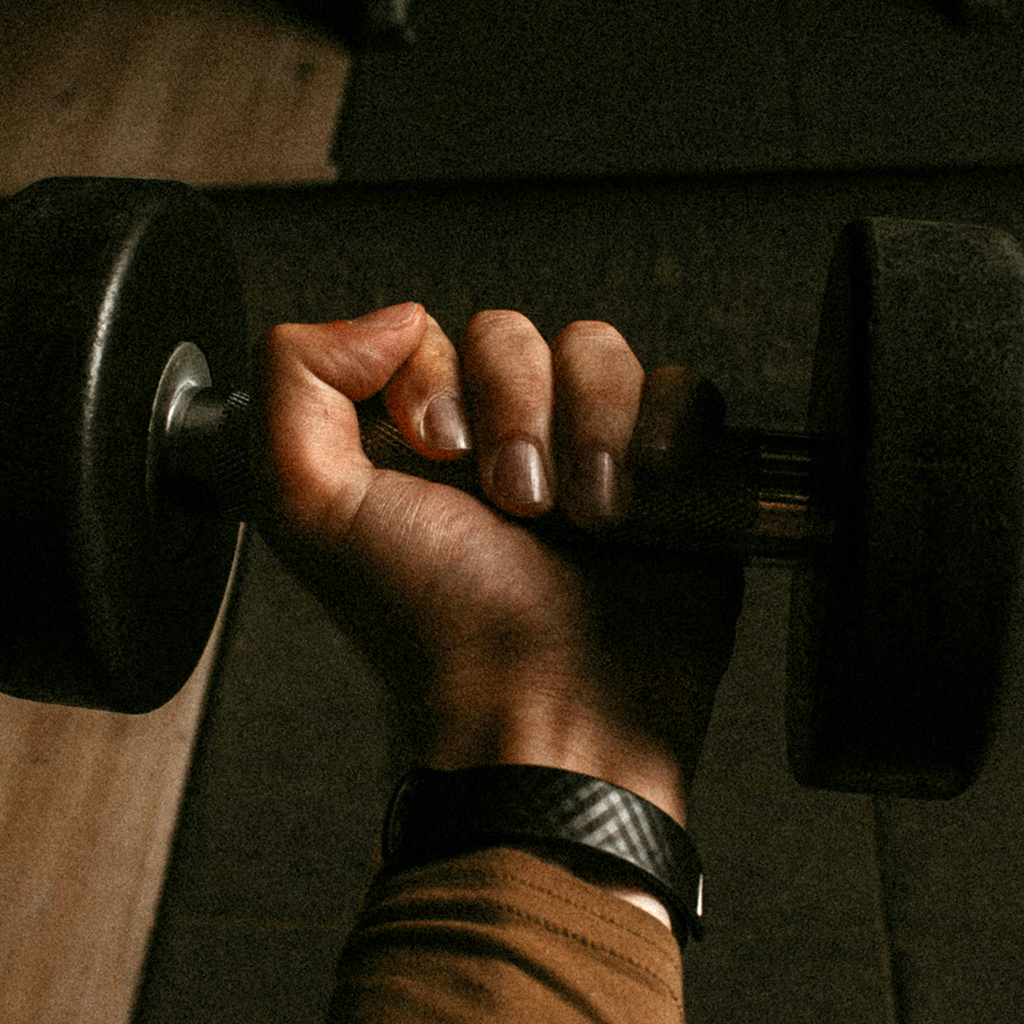
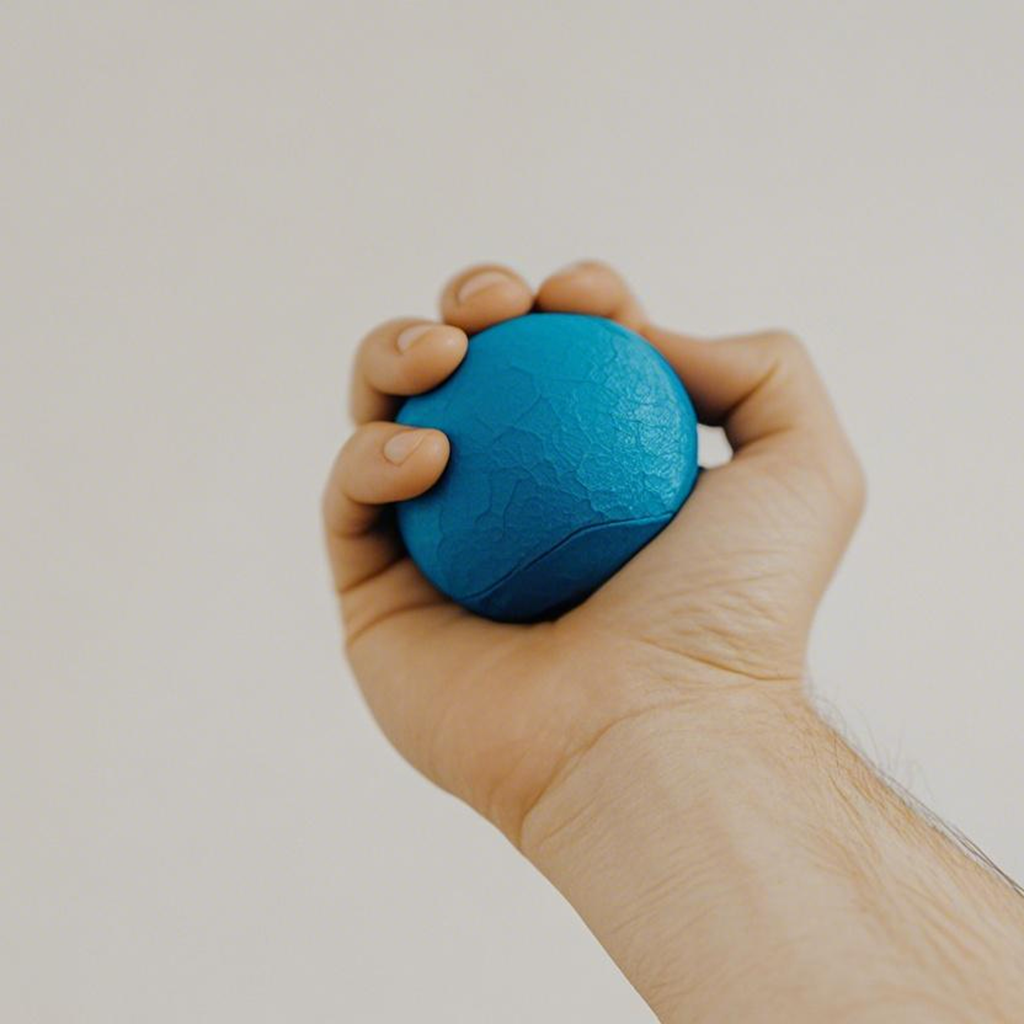

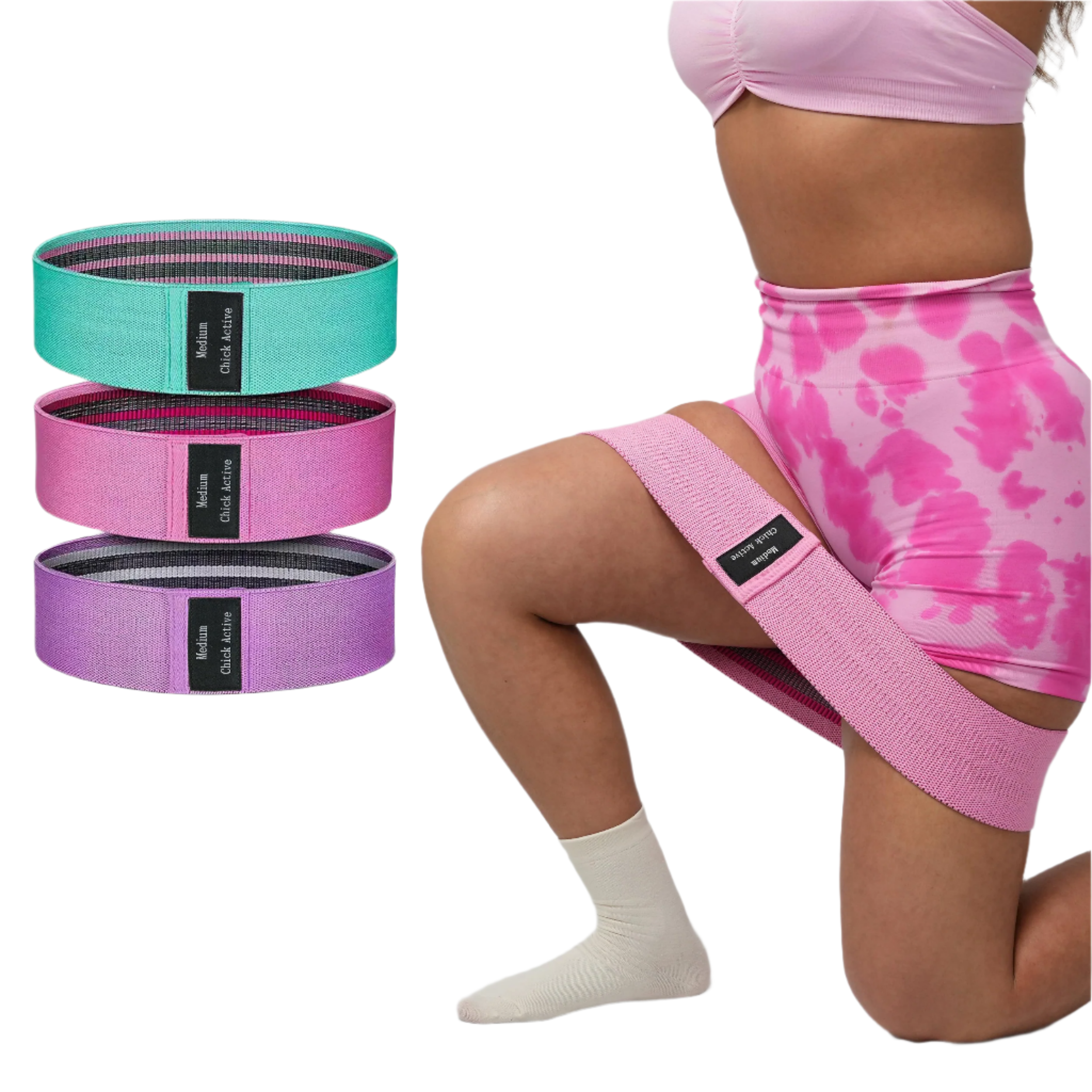

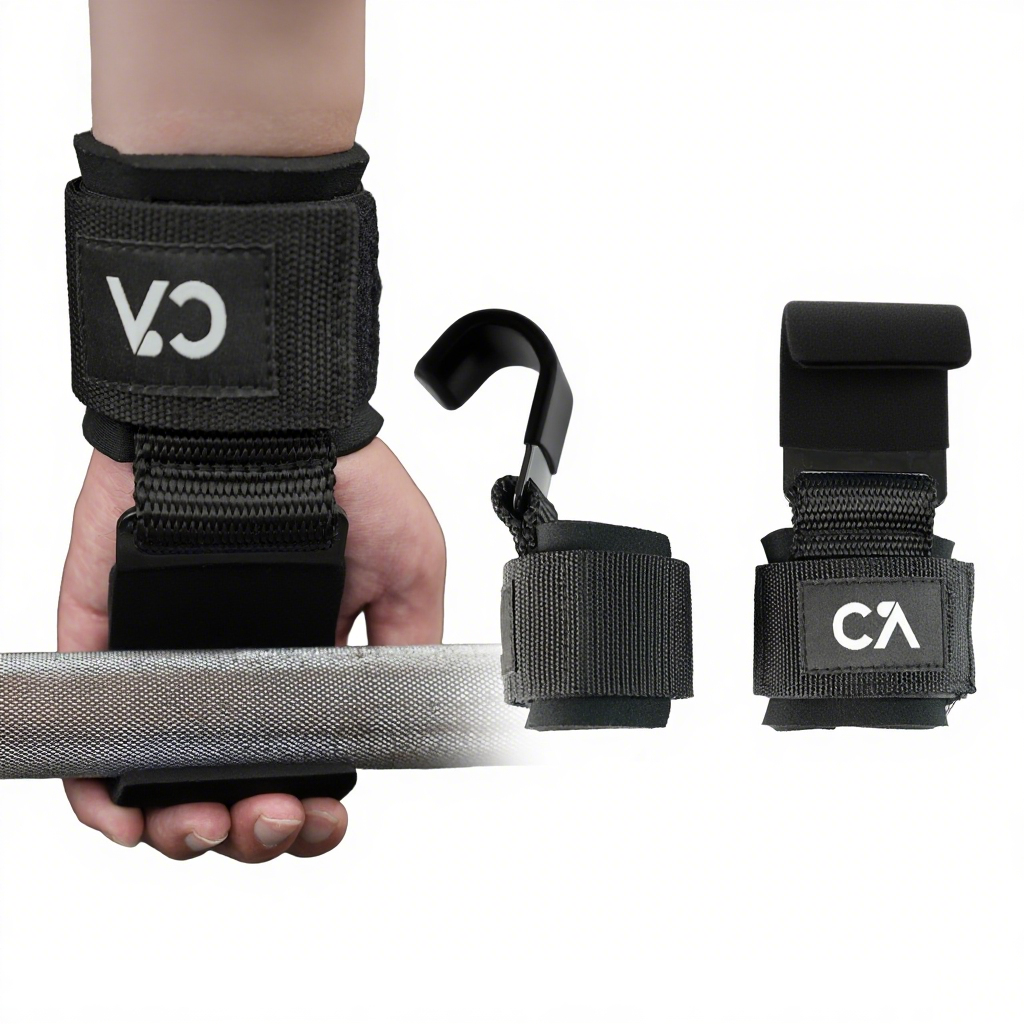
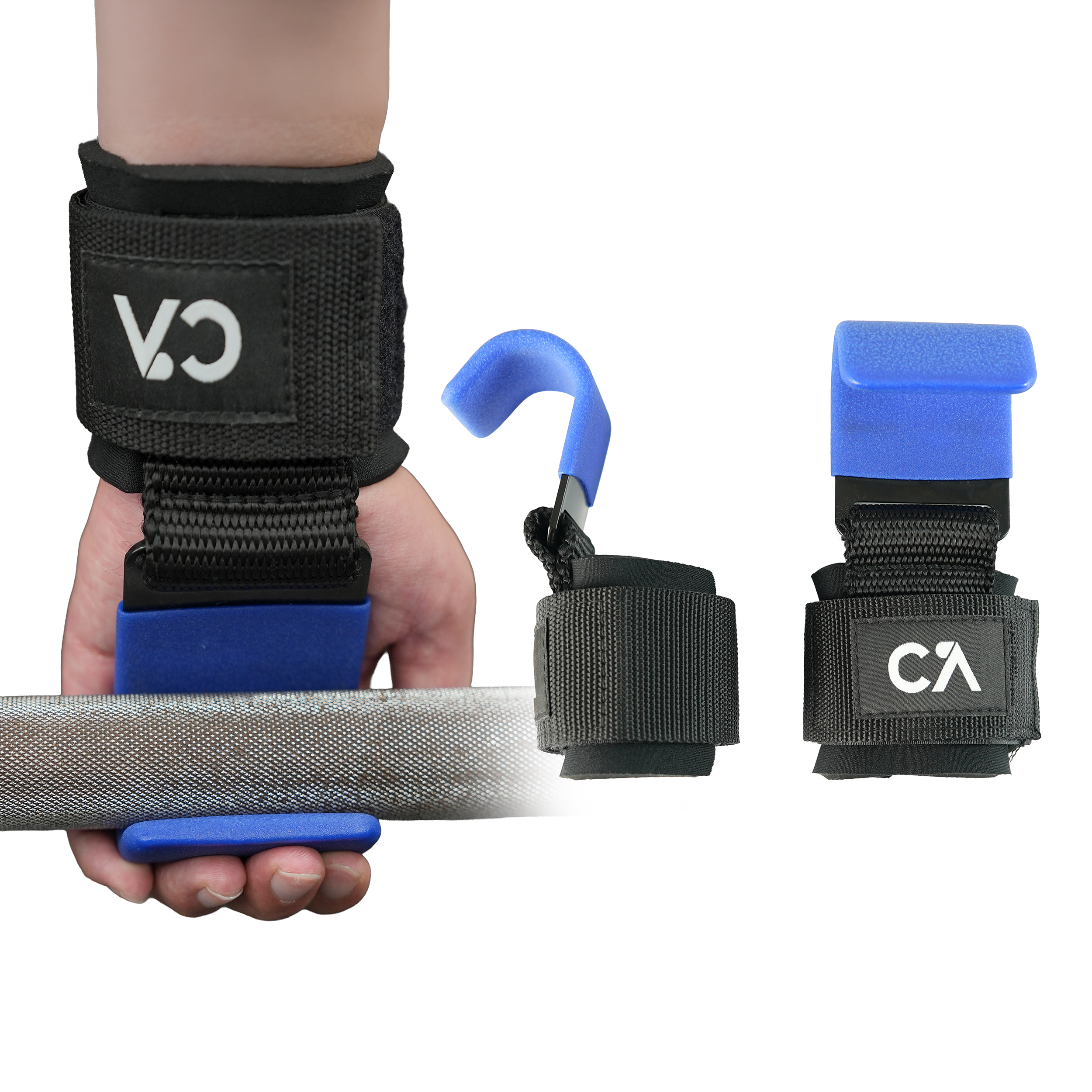

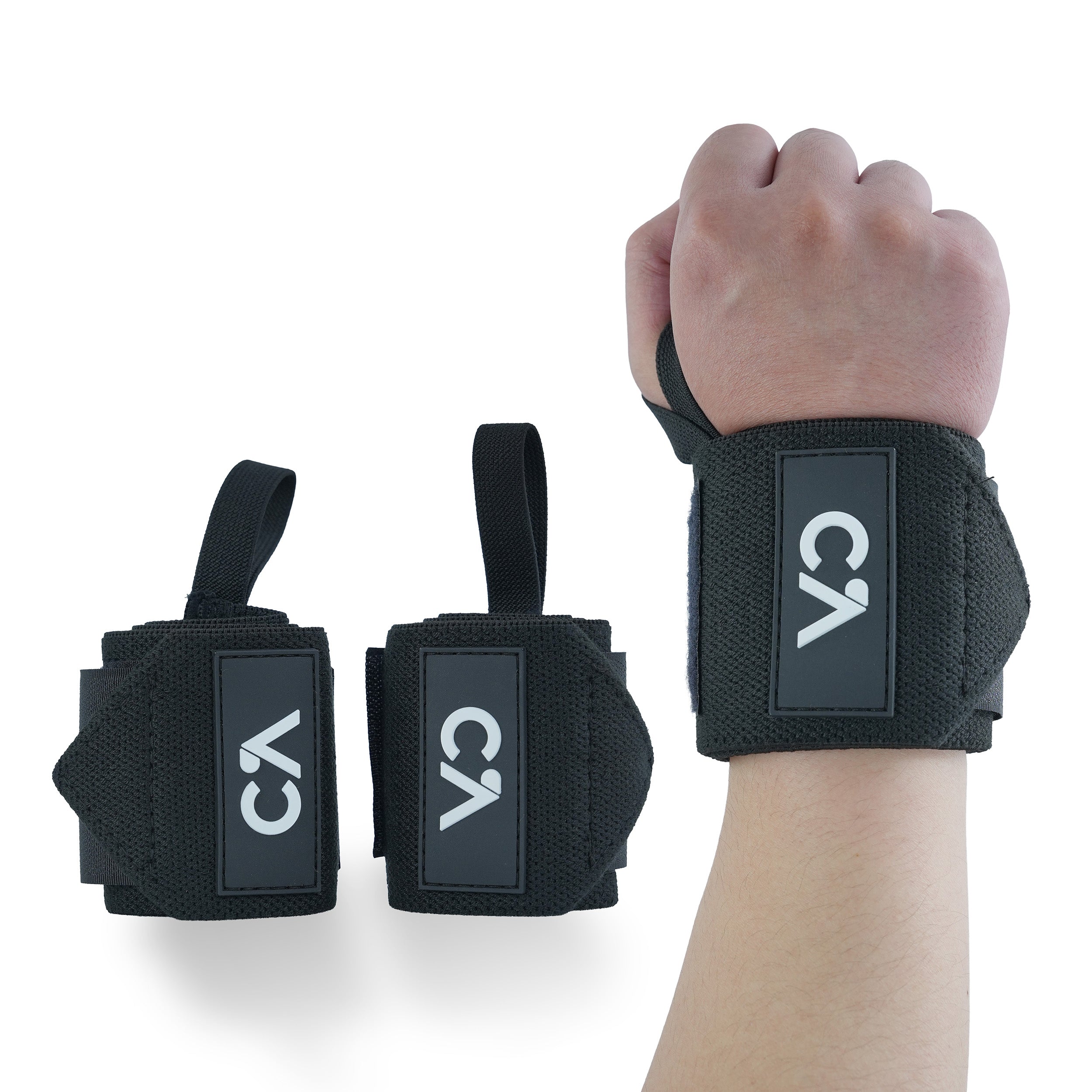
Leave a comment
All comments are moderated before being published.
This site is protected by hCaptcha and the hCaptcha Privacy Policy and Terms of Service apply.